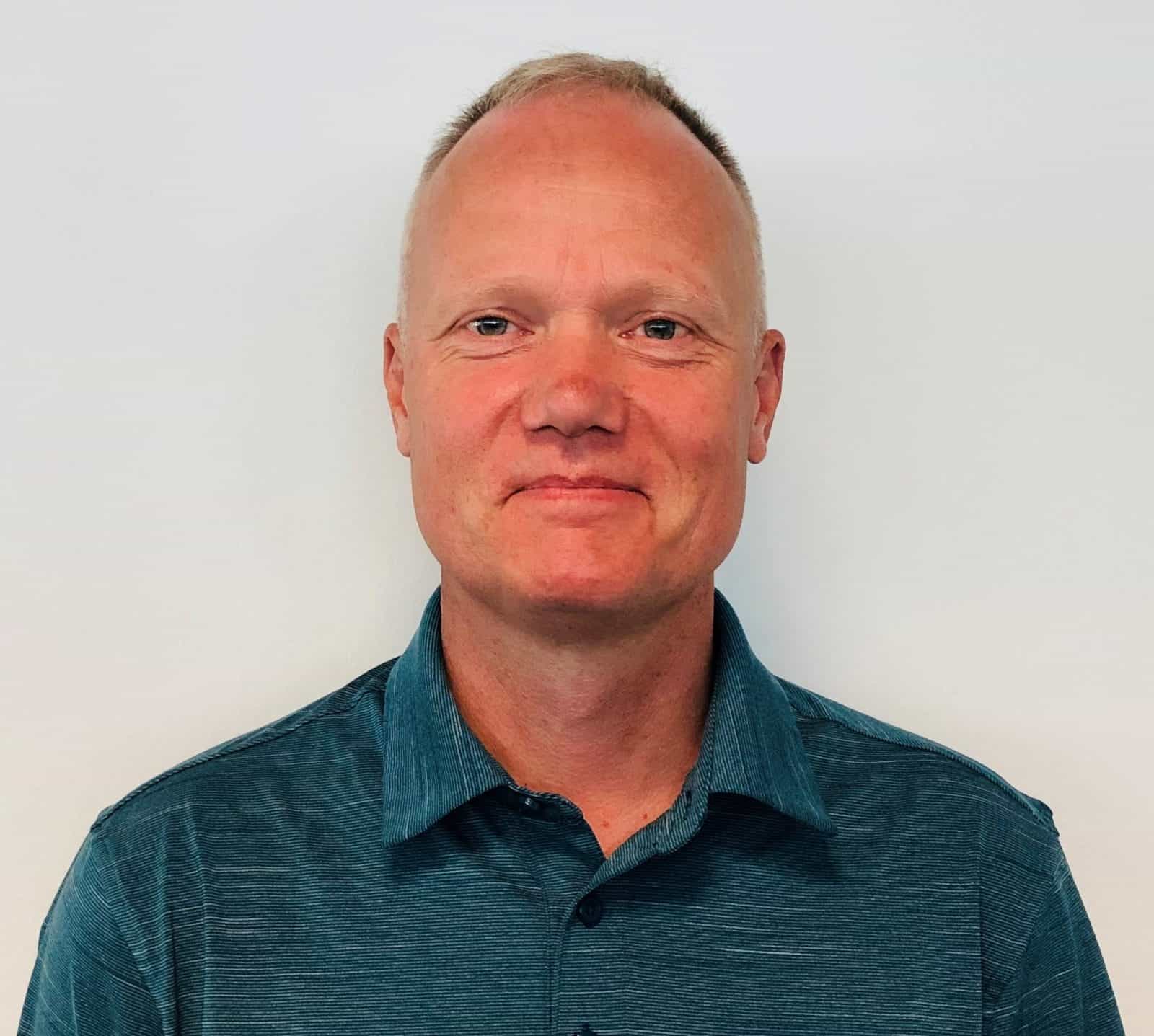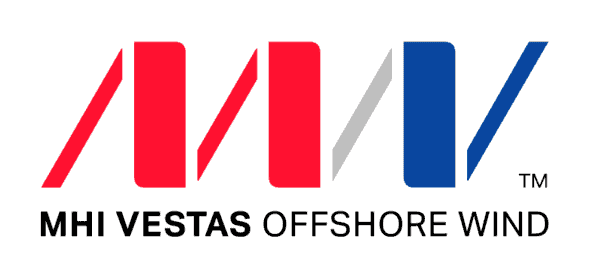MHI Vestas Offshore Wind ensures efficient product development
The global company MHI Vestas Offshore Wind regularly introduces new versions of their turbines. Each new turbine requires a great deal of work with both design, development, testing - and not least with ensuring that all workflows and processes are fixed and accepted in the organization. When a new design must stand its first test, it is therefore vital to have a setup with which you can handle any issues quickly and efficiently.
MHI Vestas Offshore Wind has, together with kaastrup|andersen, completed a project with successful use of agile and traditional methods, which has ensured both a solid product and efficient processes for future projects. We have gathered 52 pages worth of inspiration about Agility and Project Mangement ready for you to download.
Read the full case description below.

"kaastrup|andersen assembled a good MHI team and smoothly delivered a One-Stop-One-Shop (OSOS), which – through daily follow-up and coordination – ensured that we achieved the desired goal together."
Challenge
When MHI Vestas Offshore Wind starts the work on a new turbine version, it is central that the design process is in focus and has optimal working conditions, to increase the certainty that the production of the final product will work as flawlessly as possible when it is started. This means that there is a sharp focus on the design being able to be produced and assembled in an efficient way, and that any problems are identified and rectified quickly.
In order to be able to handle corrections efficiently and continuously, MHI Vestas Offshore Wind wanted to establish a 'One-Stop-One-Shop' (OSOS), where errors and corrections are dealt with on the first build of the new product. The establishment of a OSOS is a comprehensive operation, because it requires resources from many parts of the organization and takes up capacity in the production line.
OSOS supports the process where the design translates into real, physical components. It allows for the first tests of the design in real life. Here is a great potential to optimize the business case for the series production that will commence later. Among other things, the OSOS is a remedy to remove any ' teething problems ' in the new design, as well as getting to grips with the documentation to ensure that production gets as smooth a flow as possible.
Solution
Thorough preparation is one of the keys to a successful OSOS. It is a central coordination task which ranges across large parts of the organization, from the designers to the heads of production and at the same time there is a need for a customized OSOS process that is compatible with the existing work processes in the organization. The OSOS team should be anchored in the organization and must ensure that all participants are aware of their roles and activities: the communication task should not be underestimated!
There are many stakeholders and at the same time the task is further complicated by the fact that it must be solved while production is running. This means that work must be done with (temporary) solutions that mitigate any delays in production.
To deal with this, MHI Vestas Offshore Wind set up a two-part project organization. One part included the units associated with production. The other part went across the rest of the value chain in MHI, as well as to external suppliers who supported the OSOS process.
It was clear that the project would benefit from using a combination of agile and more traditional project management methods. While the troubleshooting was going on, the team worked agile. That is, two daily meetings were set up. One to ensure communication of the faults and shortcomings reported by the production. Another to ensure the technical and process support to quickly find root cause, solutions and correct design errors - without it colliding with other considerations in the value chain. It provided continuous momentum in the handling of errors and corrections and the temporary solutions could be evaluated quickly, which in turn meant that the daily, 'normal' production experienced a minimum of disruptions. Find more inspiration about Agility and Project Management here.
When the first build was finished, the OSOS work in the production stopped. It also meant that the projects’ scope of design changes could be locked, and a baseline plan could be created. By using tools from classic project management, with a locked scope, commitment from stakeholders, structured plans and follow-up, the project implemented the right design changes within the agreed time frame.
Result
The project reached the set goal: Errors were corrected, and the design was optimized within the agreed timeframe. At the same time, the learnings across all stakeholders were collected and processed. This facilitated optimization of the process and an updating of the project organization. In the future the stakeholders to carry out the process the next time will find it easier to agree on how they can implement the process to achieve an even better result.

Is your product development efficient? For most companies, there is a great potential to optimize both quality and speed, so that the new products can be developed and put into production as soon as possible. kaastrup|andersen has extensive experience working with product development in many different industries. Contact us and let us look at how we can strengthen your business and help you for future growth.

